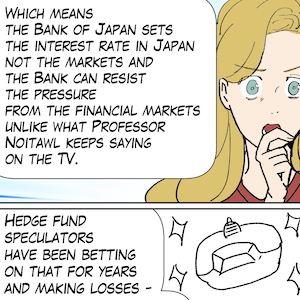Rinse and repeat – Truss chaos – the new benchmark
For years, those who want selective access to government spending benefits (like the military-industrial complex and other parasitic sectors), while claiming the government cannot afford to provide adequate income support to the most disadvantaged citizens have used various ruses to give an air of authority or legitimacy to their claims. So in the UK, the lie in 1976 by the then Labour government that it was going to have to borrow from the IMF to stay solvent has been regularly wheeled out. In Europe, it was the ‘tournant de la rigueur’ (austerity turn) introduced by the French government of François Mitterrand in 1983 that effectively cancelled the commitment to the progressive – Programme commun – that is often cited as a demonstration of the limited capacity of governments to resist the global power of the financial markets. The fact that it was progressive governments that instigated these events made it more emphatic – the Left essentially swallowed the fictions introduced by the Right and the corporate elites that governments were now powerless against the power of the financial markets. The macroeconomic contest was essentially ceded to the conservatives and it has been that way since. There is now a new ruse that the elites are using that the progressives are also spreading – the Liz Truss Ruse. This apparently tells us that governments must appease the financial markets or face currency destruction and rising bond yields. Like its predecessors, there is no validity to the claims. But the Left is so bereft that it cannot see through the smoke and mirrors. And that is why the world is in the parlous state that it is – the contest of ideas is non-existent. It is a case of rinse and repeat – except all is happening is lies and posturing is being recycled.
